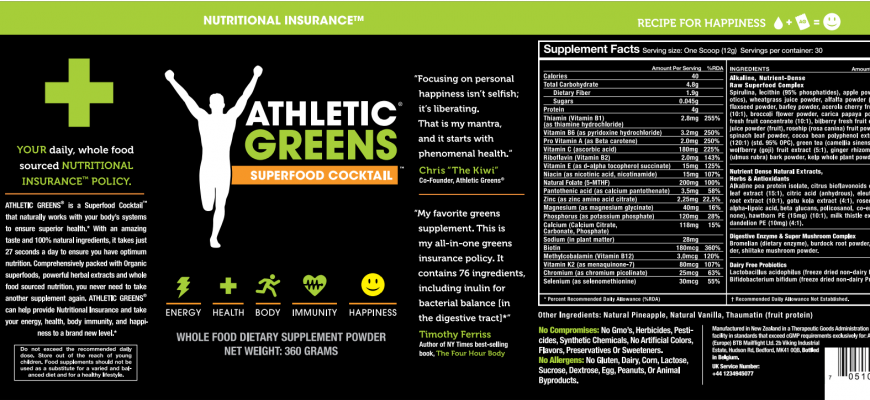For those of you who visit this blog on a regular basis, you know that I like to read. At any given point, I usually have my nose (or ear) glued to 3-4 books at once. Of course, I’m always reading something dealing with strength and conditioning, nutrition, or anything related to my field.
Concurrently, I also have some sort of fiction nearby for when my brain hurts too much and I just don’t feel like thinking about what I’m reading. Believe me, you can only read so much on lower-cross symdrome or spinal biomechanics before you want to jump out a window.
Additionally, I also like to read a lot of non-fiction – namely books dealing with behavioral economics. Given that I’m in a field that’s highly dependent on figuring out what motivates people (and what keeps them motivated), it makes sense.
As such, one of my favorite books that I read last year was Daniel Pink’s phenomenal book, Drive: The Surprising Truth About What Motivates Us, and as it so happens, I came across this short video the other day that was made by the author himself called, What’s Your Sentence?, and I thought I’d share with all of you:
After watching that I couldn’t help but think to myself that much of what I do on a daily basis is trying to get people better today than they were yesterday. Unfortunately, though, people tend to make this a lot harder than it really has to be.
Take for example a client of mine who’s simply trying to put on some weight (but good weight – he’s done the all you can eat diet, and it wasn’t quite the kind of weight he was looking for). Here he is talking to me about counting the number of blueberries he’s eating, and SUBTRACTING them if it’s just one over the limit – yet, he’s waiting at least two hours upon waking up before eating breakfast. Even worse still, he’ll often skip breakfast altogether.
If there was ever a can’t see the forest for the trees scenario, this would be it!
Anyways, all I’m trying to get is this: what will make him better? Is it really the total # of blueberries he’s eating (or not eating)? My guess is probably not. As I told him the other day, there’s absolutely no need to get THAT detailed, and worry about something so trivial. In the end, it will do nothing but drive you bat shit crazy.
Instead, maybe it’s just something as simple as eating breakfast EVERY morning. Taking it a step further – and this is something CP intern, and Lean Eating Coach, Jason Bonn suggested – what can he (my client) do, with full confidence, every morning, to help get him towards his goal? Using a numerical system – with a 1 being not a chance in hell (making a gourmet omelet with feta cheese, spinach, and sun-dried tomatoes, for instance) and a 10 being “yeah, I can do that, not a problem at all,” what can we do that would get him to a 9 or 10?
We came to the conclusion that making a simple shake which HAD to have one protein source (powder), one carb source (rolled oats), and one fat source (nuts or some kind of oil) was the way to go. Easy peasy, lemon squeezy.
Now, that’s just one example, and there’s no telling what will make YOU better today than yesterday. Maybe it’s making an effort to drink more water. Maybe it’s adding ten more lbs to the barbell this afternoon. Maybe it’s paying the toll for the random stranger behind you on the freeway. Maybe it’s something as simple as calling your mom (you prick). Or, maybe it’s something a little more complicated, like finally asking out that cute barista at the coffee shop who’s clearly been flirting with you for the past three weeks. Hell, maybe it’s just turning off the television and actually communicating with your significant other.
Who knows? The point is, it can be anything. And that, my friends, will undoubtedly help you form your own sentence.




